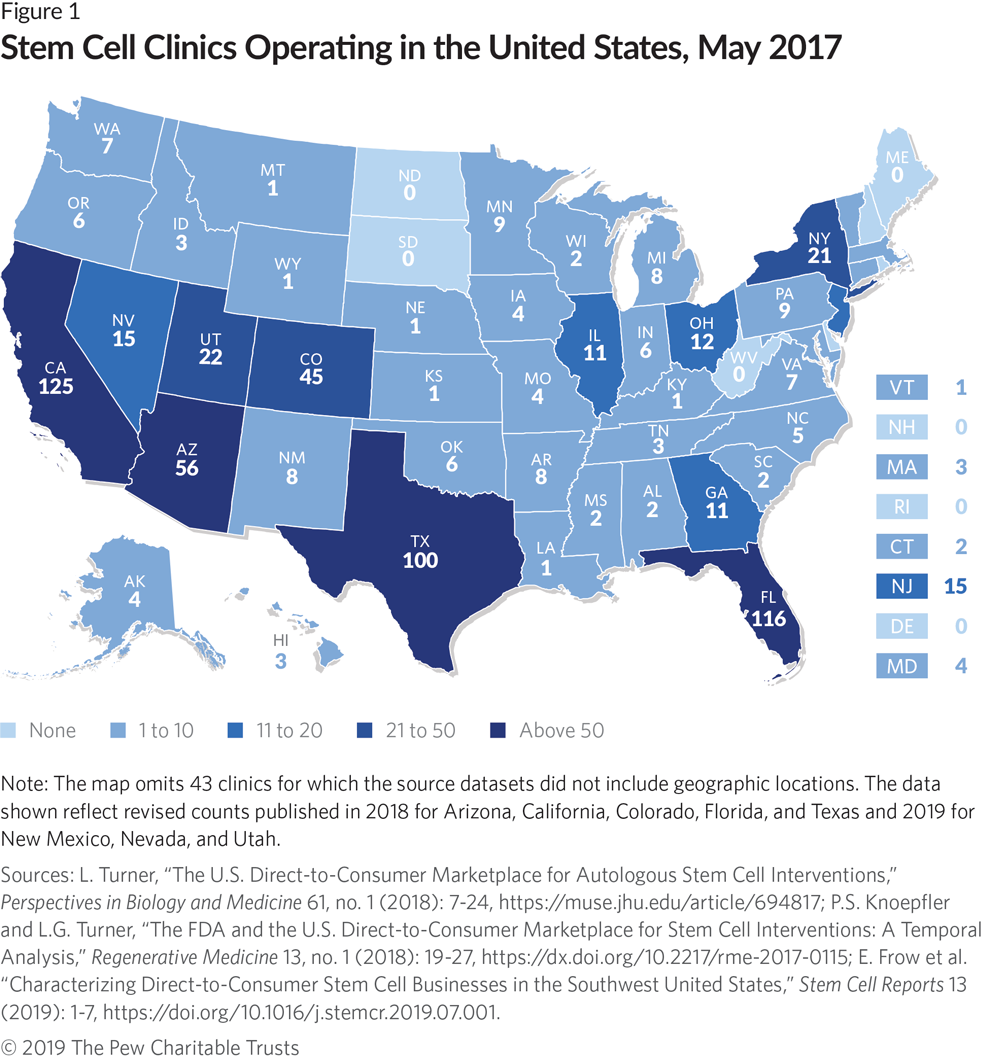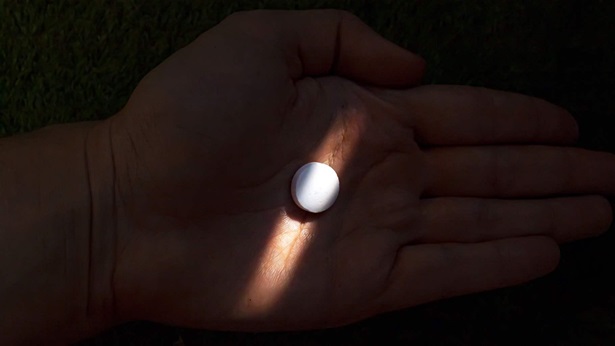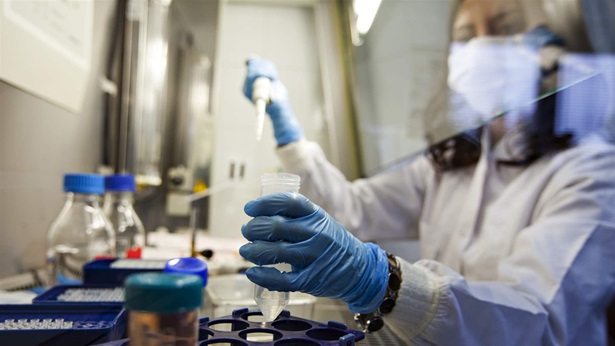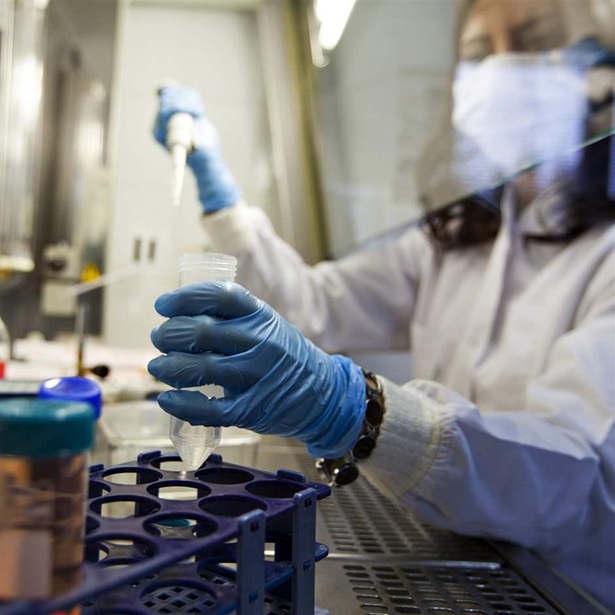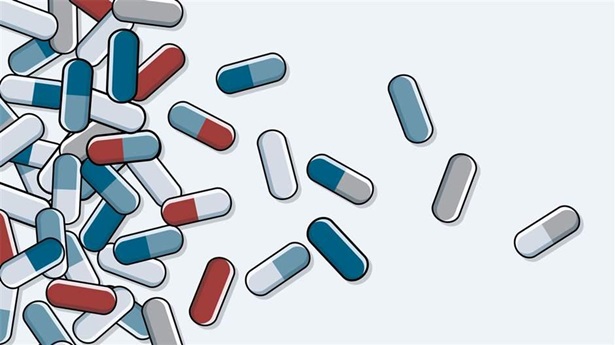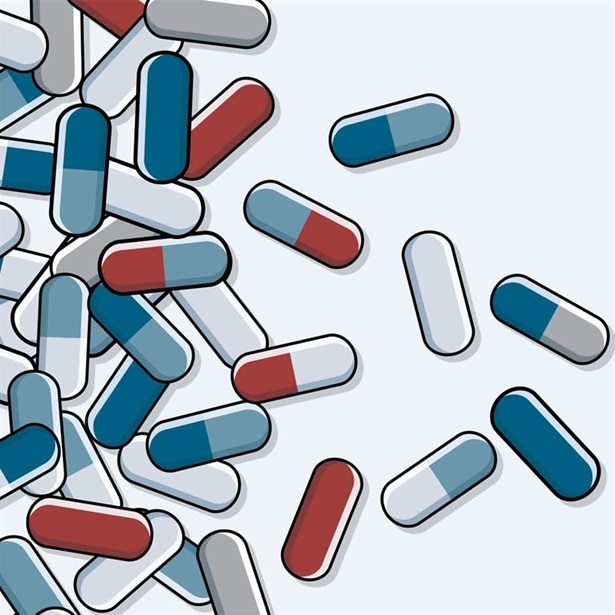FDA Enforcement Will Foster Development of Safe, Effective Regenerative Therapies
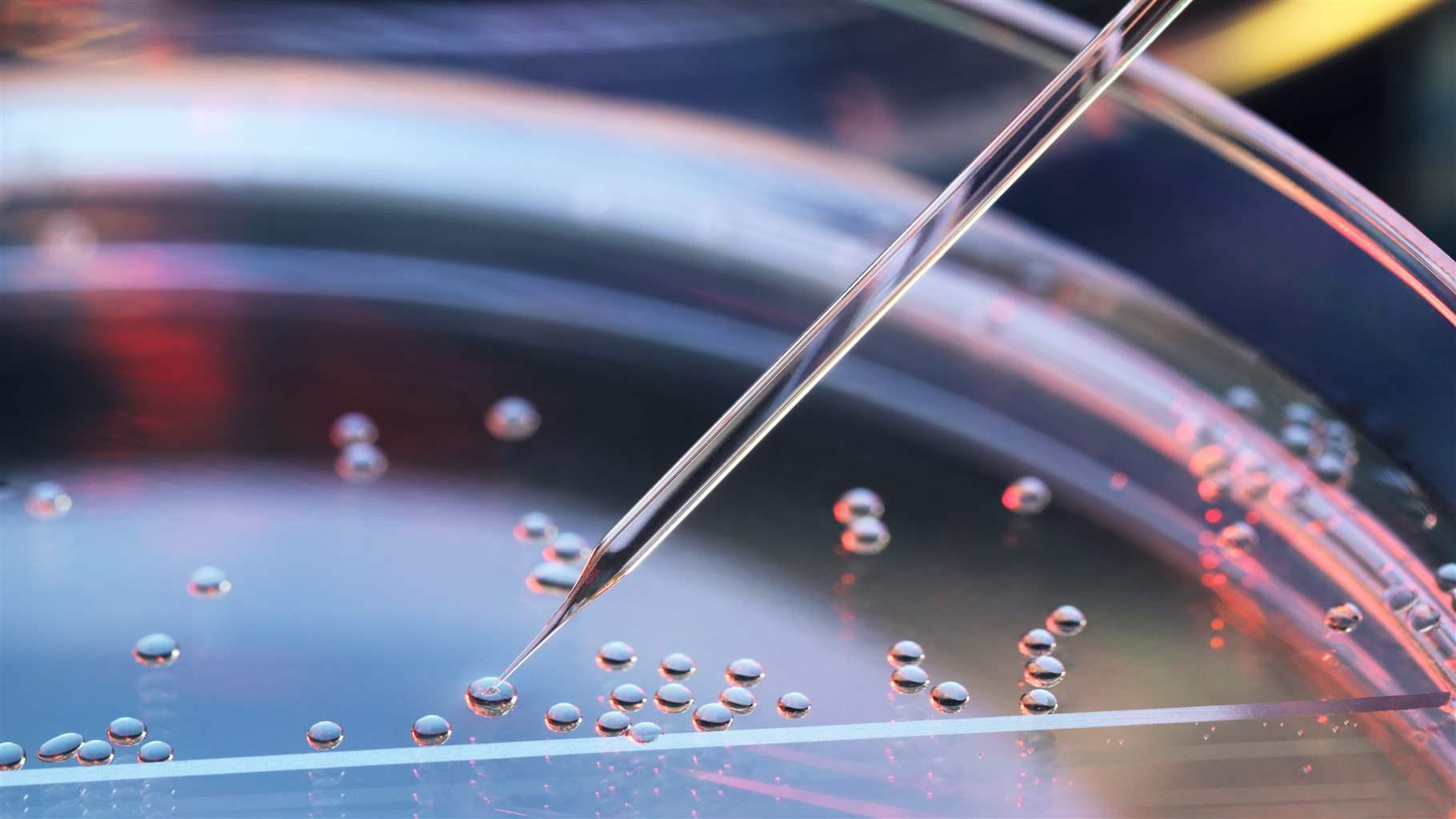
Scientific advances with stem cells and gene editing have raised the prospect that many diseases, traumatic injuries, and chronic conditions could one day be treated—even cured—with products derived from human biological materials. Most cell- and gene-based regenerative therapies remain in clinical trials or earlier stages of development; a handful have gained Food and Drug Administration approval as new drugs. However, hundreds of businesses in the United States have seized on public interest in this promising field to sell unproven and potentially dangerous stem cell treatments directly to consumers. Patients receiving such products have experienced bacterial infections, permanent vision loss, strokes, and other harms.
Knowingly or not, many clinics offering cell-based therapies may be violating federal law and regulations governing the approval of new drugs, medical devices, and biologic products. FDA has taken important steps to prompt these businesses to comply with appropriate requirements, and the agency should continue enforcement activities to reduce and ultimately eliminate the marketing of unapproved stem cell products.
Rapid growth of stem cell businesses
As of May 2017, at least 716 clinics, spread across 45 states and the District of Columbia, offered unapproved stem cell products.1 (See Figure 1.) The number of new stem cell businesses with websites doubled on average every year between 2009 and 2014, suggesting that the total number operating today could be significantly larger.2
Clear dangers, unproven benefits
Stem cell businesses promote their products as treatments for a wide range of conditions, from orthopedic pain and arthritis to multiple sclerosis and Parkinson’s disease. Little to no evidence exists to support most claims, but several of these treatments have adversely affected patients. For example:
- Three women were blinded in 2015 after a Florida clinic injected their eyes with stem cells derived from their stomach fat—an unapproved product the business claimed could treat macular degeneration.3 The company challenged FDA’s authority to regulate its stem cell therapies and continued to make and administer similar products. The agency and Department of Justice eventually sought and won a permanent injunction against the clinic in June 2019.4
- At FDA’s request, in 2017 U.S. marshals seized a smallpox vaccine from a California company that had combined it with stem cells to make a purported cancer therapy. The unapproved product was distributed to clinics and injected in patients’ tumors and blood, putting them at risk of serious adverse reactions, including heart inflammation and swelling.5
- In 2018, at least 13 people in three states were hospitalized with bacterial infections following treatment with contaminated stem cell products derived from umbilical cord blood and injected by orthopedic clinicians. FDA inspectors found violations at the California-based manufacturing facility, including a lack of process controls to prevent contamination and failure to adequately screen donated blood for hepatitis, HIV, and other communicable diseases.6
Such cases underscore the public health risks when businesses fail to demonstrate a product’s safety and effectiveness to FDA prior to marketing and do not adhere to the agency’s rules for good manufacturing practices.
Strong FDA enforcement is essential
Broader enforcement activities—backed by sufficient resources from Congress—are needed to protect Americans from the risks that unapproved stem cell products pose. The agency should maintain pressure on businesses offering these products to ensure that this promising medical field develops into one that clinicians and patients can trust and safely access.
FDA established a regulatory framework for regenerative therapies in 2005 and issued four guidance documents in November 2017 to clarify the characteristics and approval requirements associated with low-, middle-, and high-risk products. High-risk therapies include those in which stem cells undergo more than “minimal manipulation” or are intended to perform a different function in the recipient than they do in the donor; this is referred to as “nonhomologous use.”7 Such products must receive FDA approval as new drugs, devices, or biologics before they enter the market.
These materials laid important groundwork for broader enforcement efforts. Agency leaders have said they will target enforcement resources at products that pose the greatest risks to patients until November 2020. FDA should build on this foundation for effective oversight by using its full array of enforcement tools, including:
- Inspections of businesses that manufacture or offer regenerative therapies.
- Orders requiring companies to recall unapproved products and cease manufacture of them.
- Warning letters to businesses that do not comply with good manufacturing practices or make baseless health claims.
- Fines, court-ordered injunctions, and, if needed, pursuit of criminal prosecutions to ensure violators of the law are held accountable.
Endnotes
- L. Turner, “The U.S. Direct-to-Consumer Marketplace for Autologous Stem Cell Interventions,” Perspectives in Biology and Medicine 61, no. 1 (2018): 7-24, https://muse.jhu.edu/article/694817.
- P.S. Knoepfler and L.G. Turner, “The FDA and the U.S. Direct-to-Consumer Marketplace for Stem Cell Interventions: A Temporal Analysis,” Regenerative Medicine 13, no. 1 (2018): 19-27, https://dx.doi.org/10.2217/rme-2017-0115.
- A.E. Kuriyan et al., “Vision Loss After Intravitreal Injection of Autologous ‘Stem Cells’ for AMD,” The New England Journal of Medicine 376 (2017), http://dx.doi.org/10.1056/NEJMoa1609583.
- D. Grady, “Judge Halts Treatments at Florida Stem Cell Clinic,” The New York Times, June 25, 2019, https://www.nytimes.com/2019/06/25/health/stem-cells-fda-injunction.html.
- A. Joseph, “Federal Agents Seize Unauthorized Smallpox Vaccine as FDA Signals Broader Crackdown on Stem Cell Clinics,” Stat, Aug. 28, 2017, https://www.statnews.com/2017/08/28/smallpox-stem-cell-clinic/.
- K.M. Perkins et al., “Notes From the Field: Infections After Receipt of Bacterially Contaminated Umbilical Cord Blood–Derived Stem Cell Products for Other Than Hematopoietic or Immunologic Reconstitution — United States, 2018,” Morbidity and Mortality Weekly Report, Centers for Disease Control and Prevention, Dec. 21, 2018, http://dx.doi.org/10.15585/mmwr.mm6750a5; W. Wan and L. McGinley, “‘Miraculous’ Stem Cell Therapy Has Sickened People in Five States,” The Washington Post, Feb. 27, 2019, https://www.washingtonpost.com/national/health-science/miraculous-stem-cell-therapy-has-sickened-people-in-five-states/2019/02/26/c04b23a4-3539-11e9-854a-7a14d7fec96a_story.html.
- FDA considers a human cell or tissue to be more than minimally manipulated if it has been processed in a way that alters key structural or biological characteristics. For example, processing adipose (fat) tissue to remove certain cells would eliminate components crucial to the tissue’s structural function and, therefore, would involve more than minimal manipulation. Transplanting cells derived from adipose tissue into a patient’s eye or spine would represent nonhomologous use.
